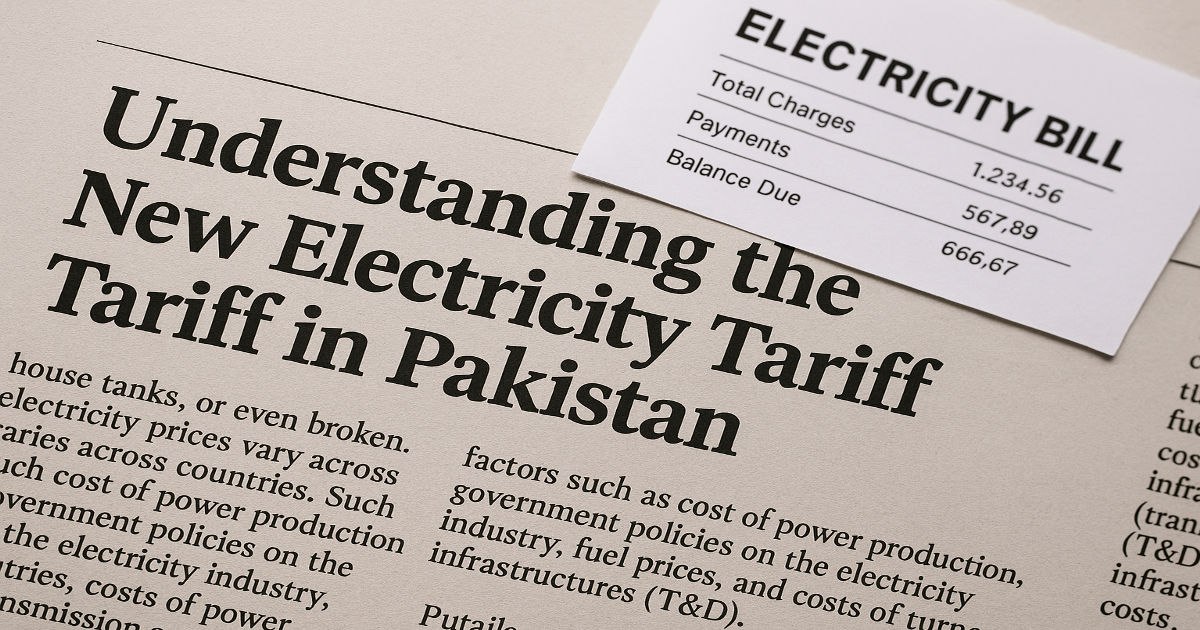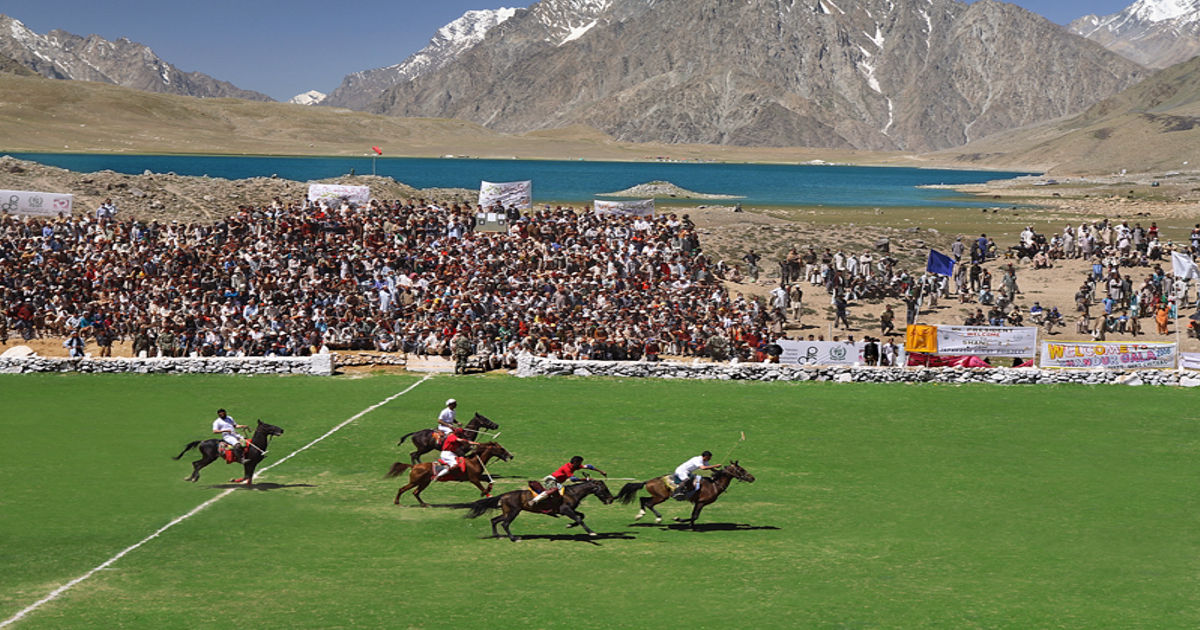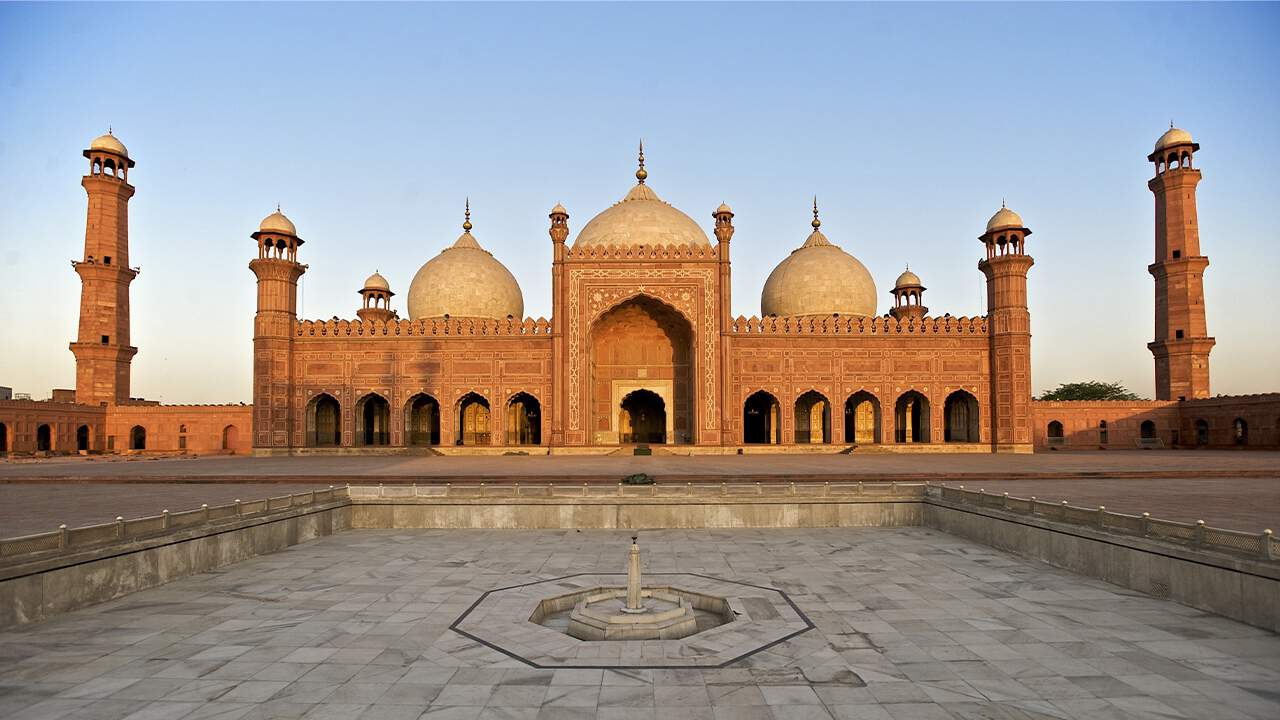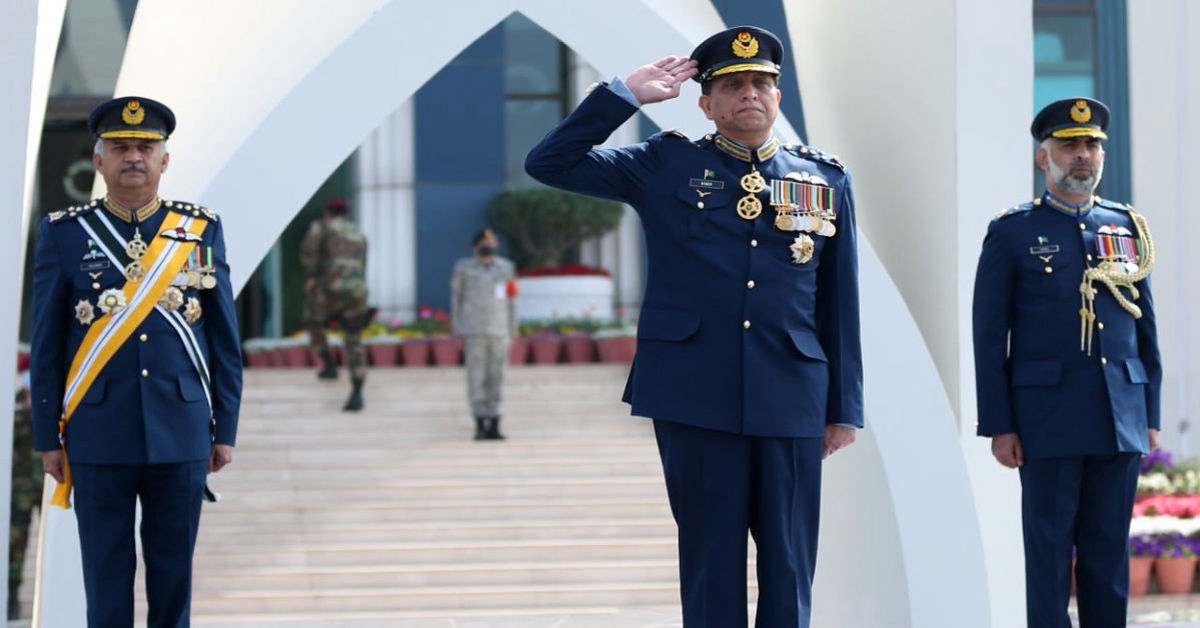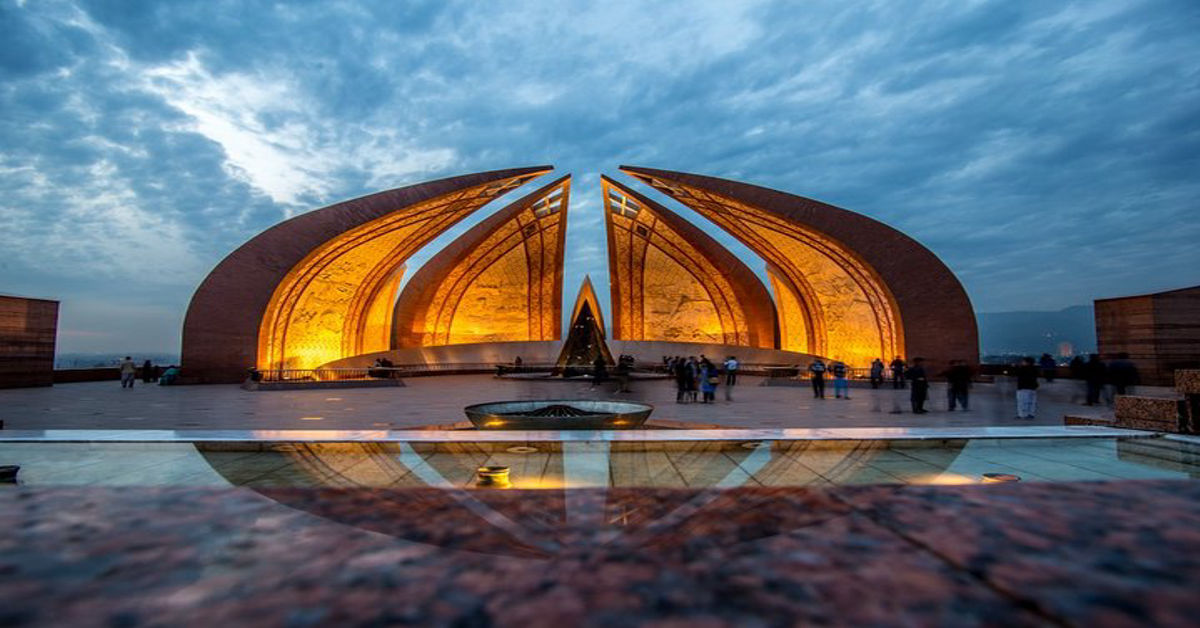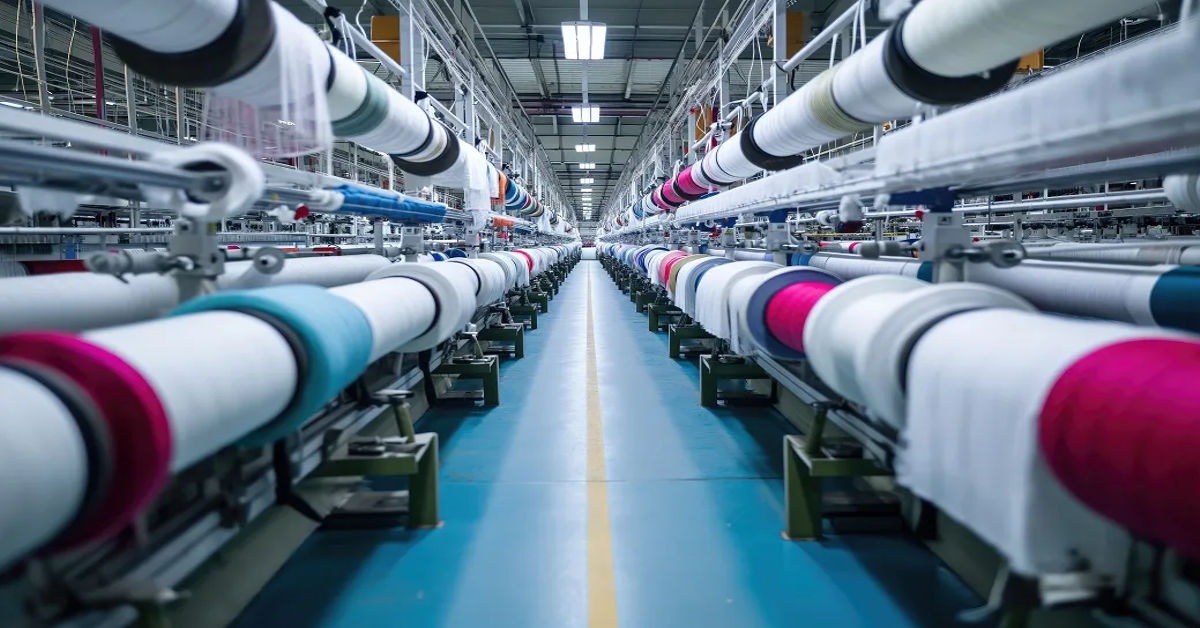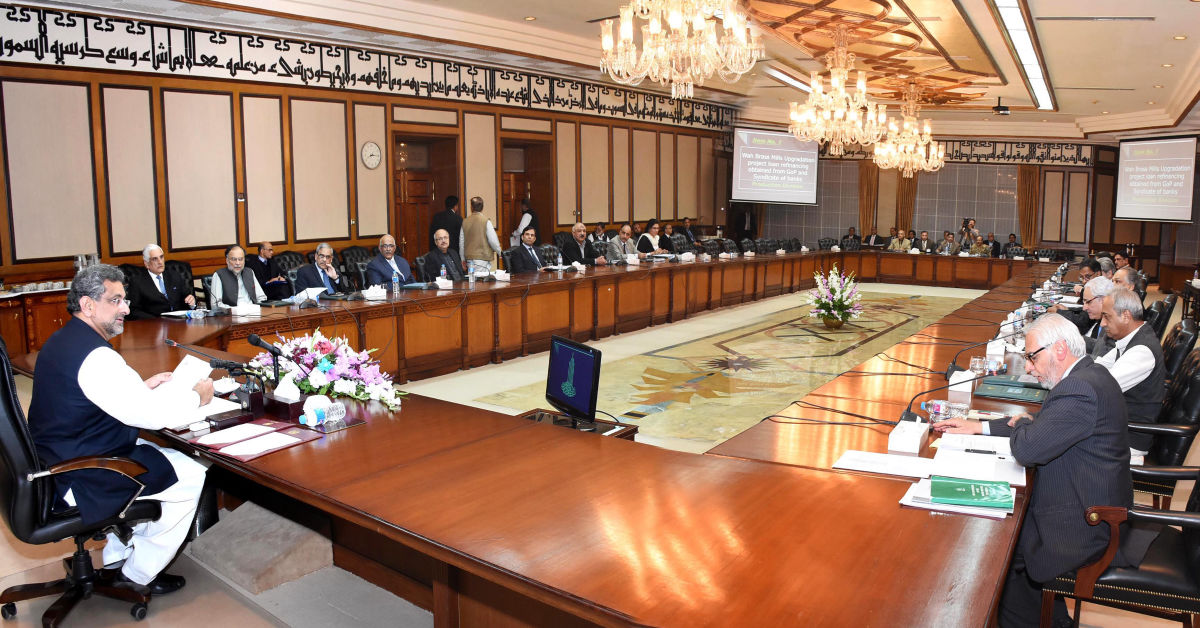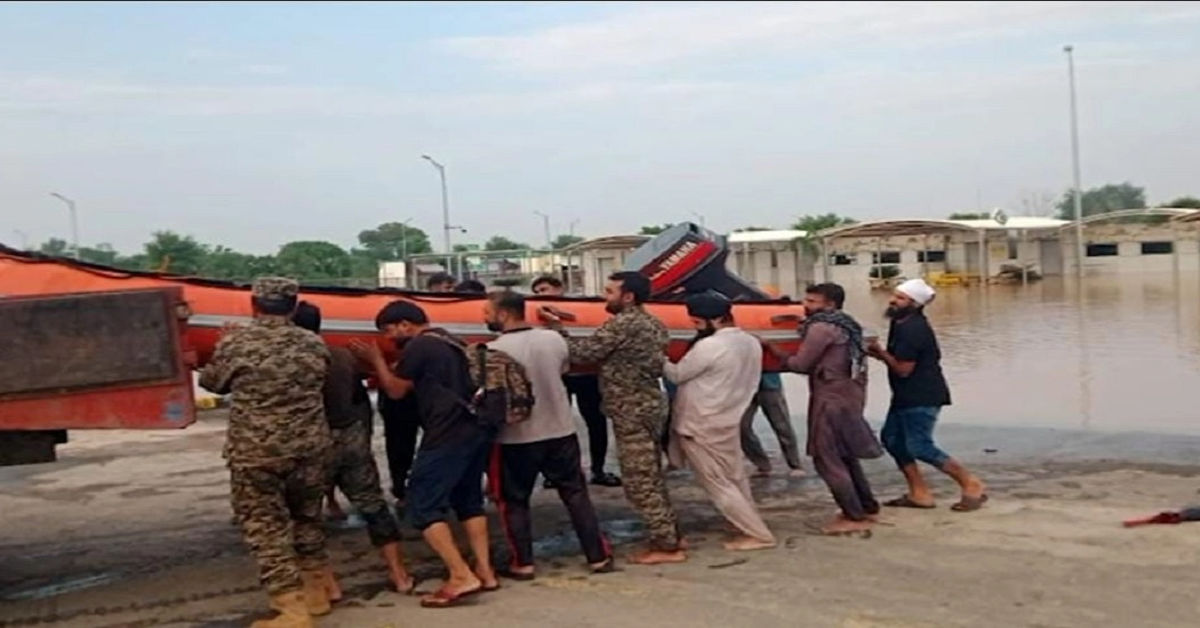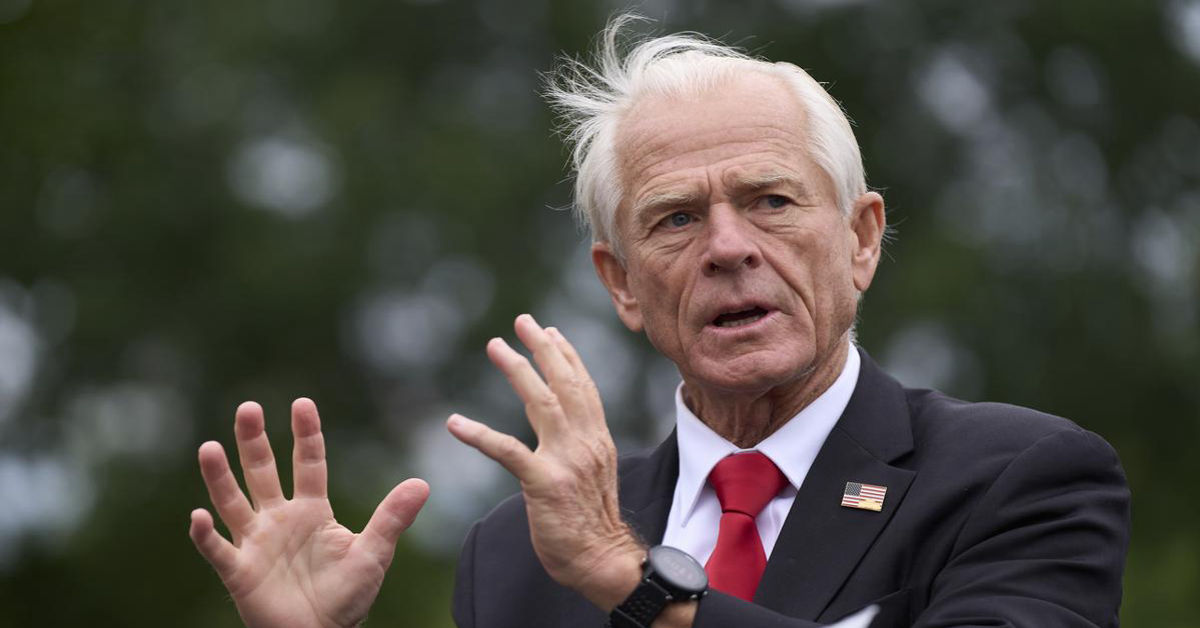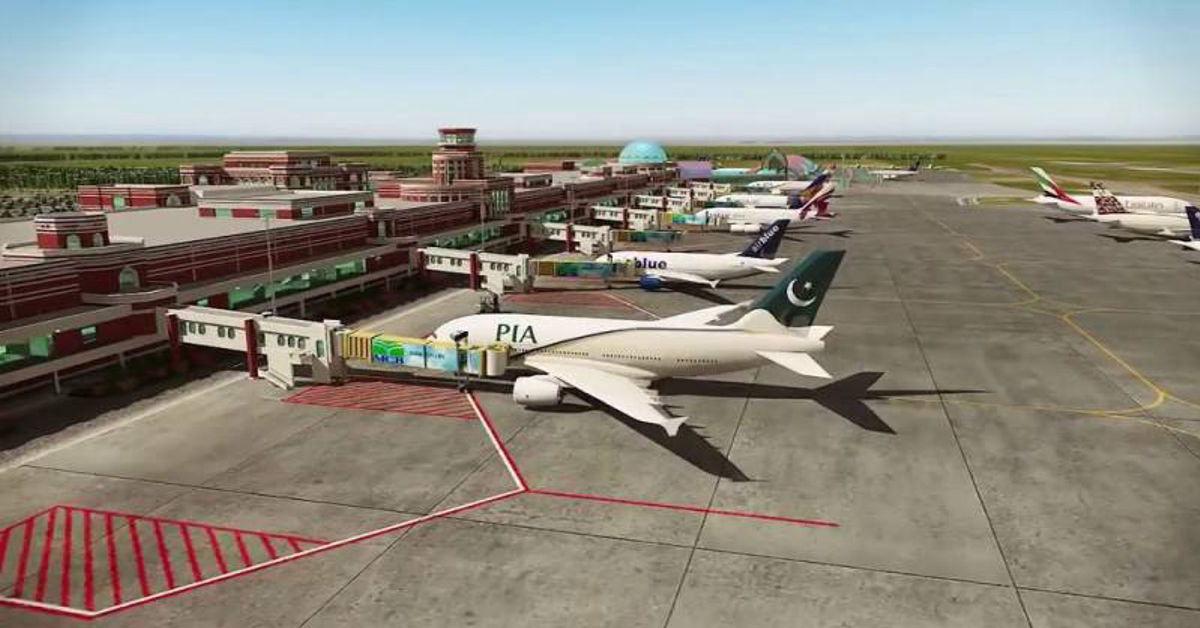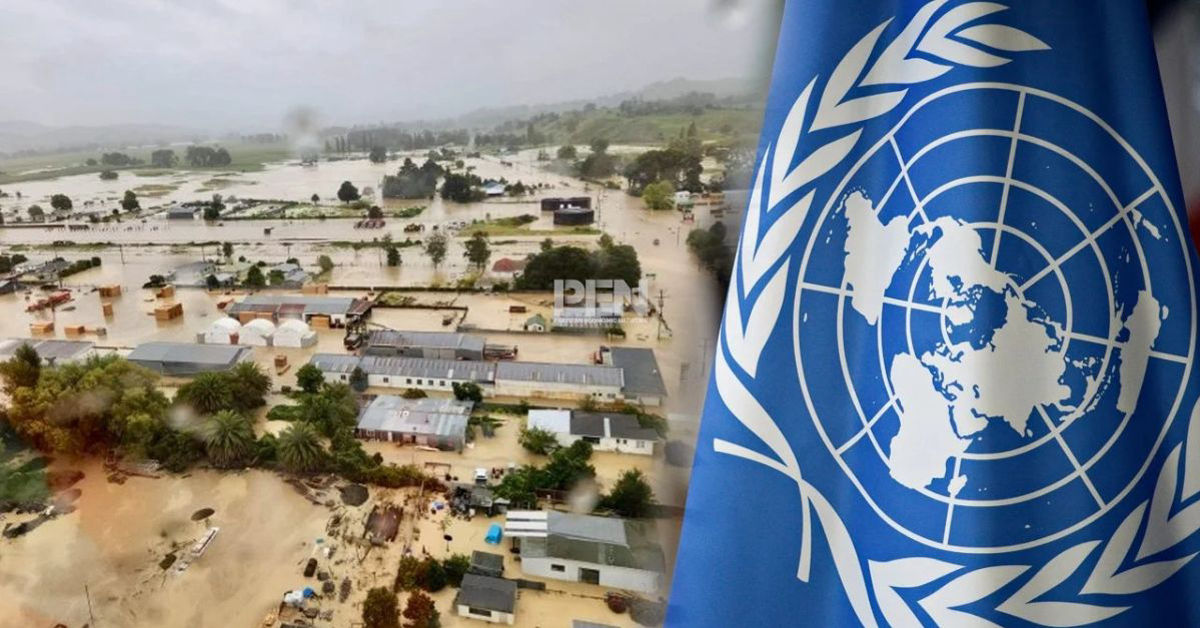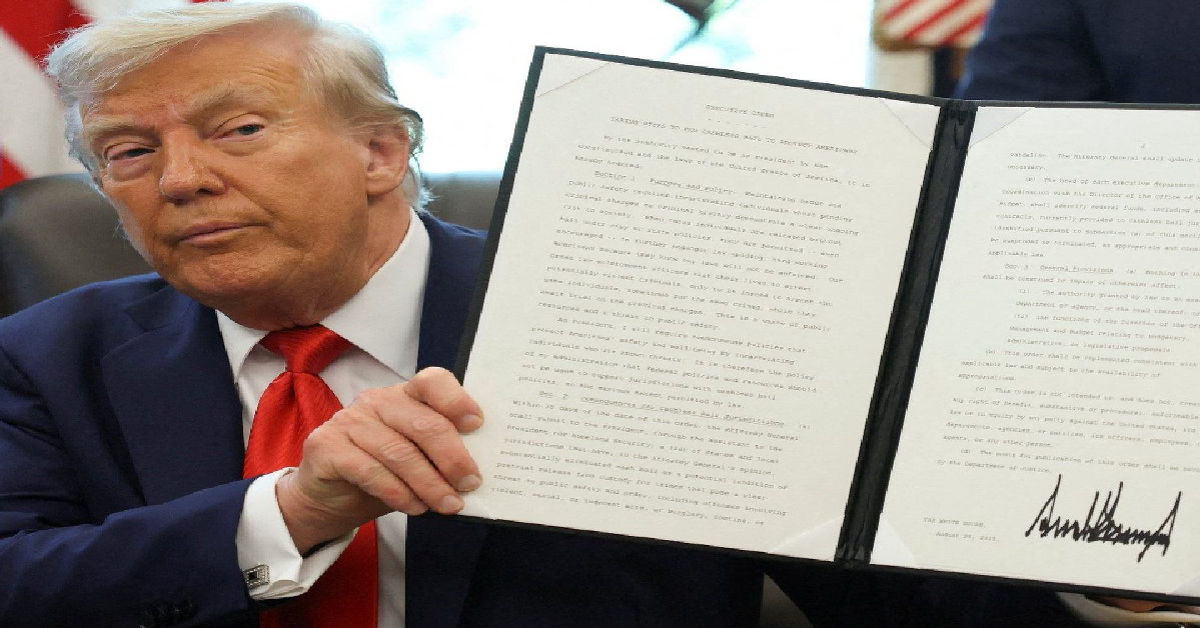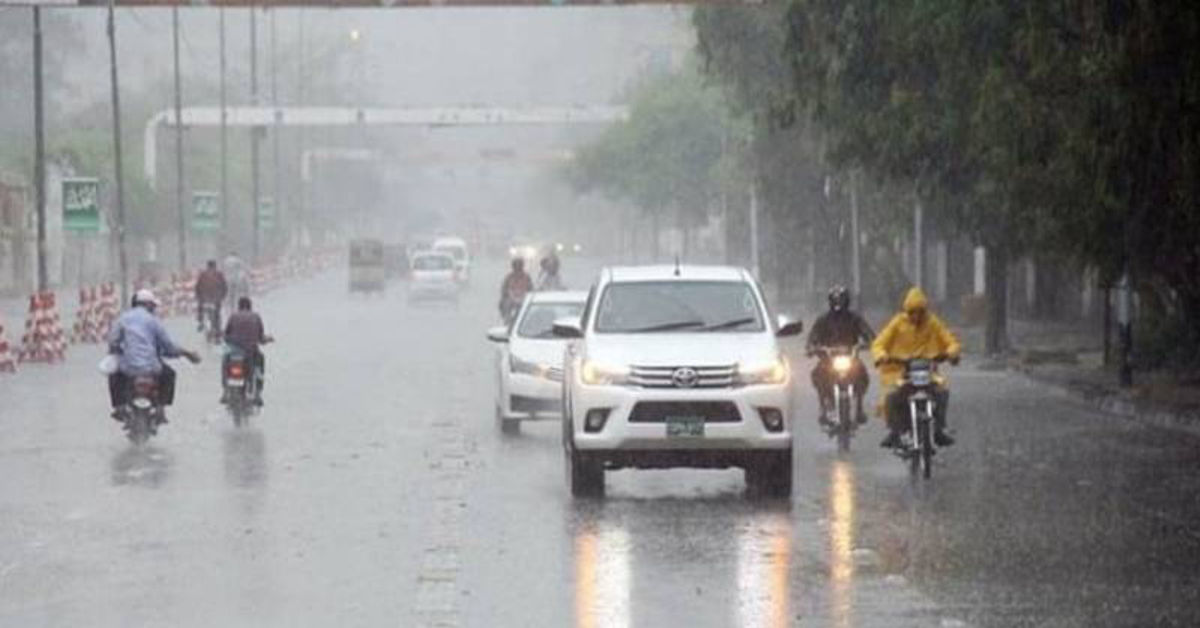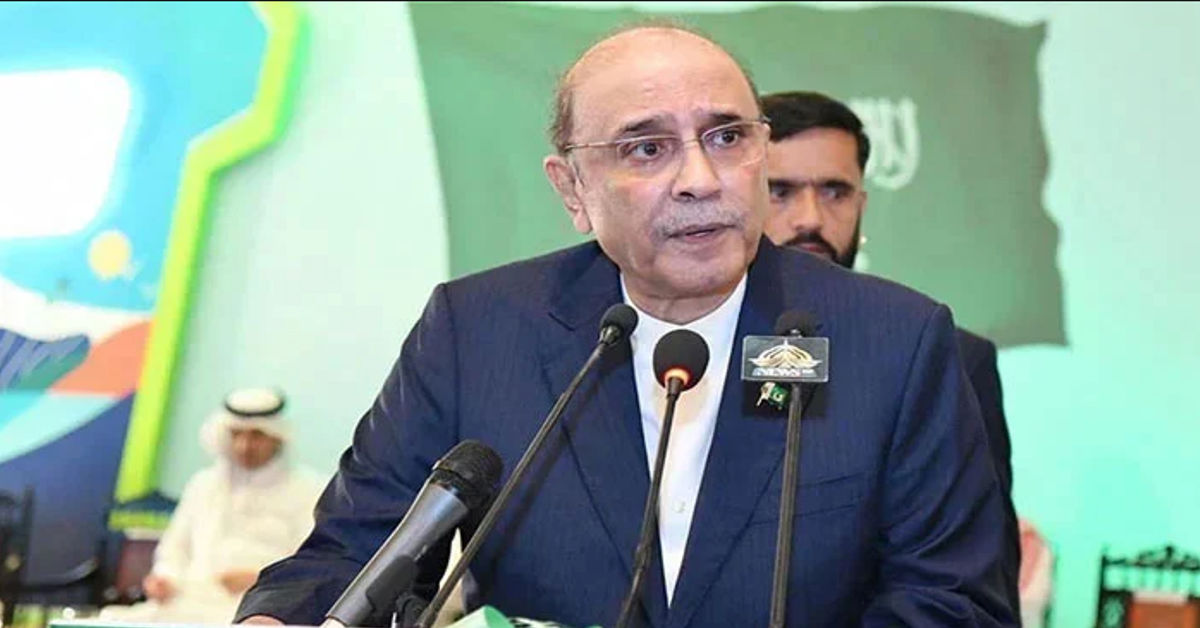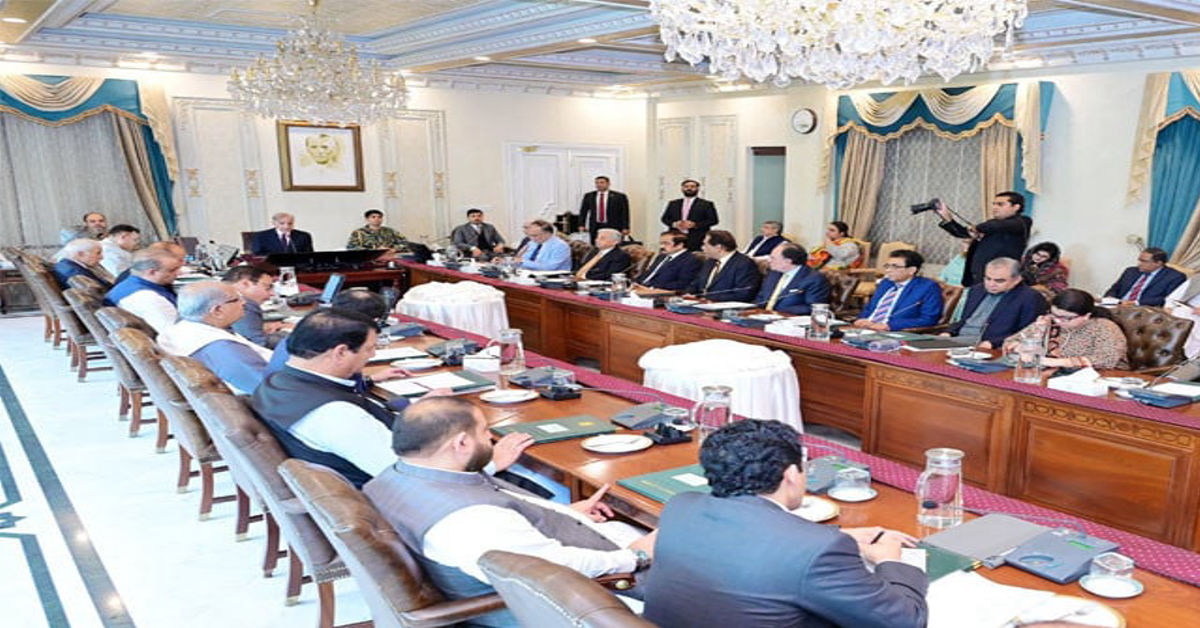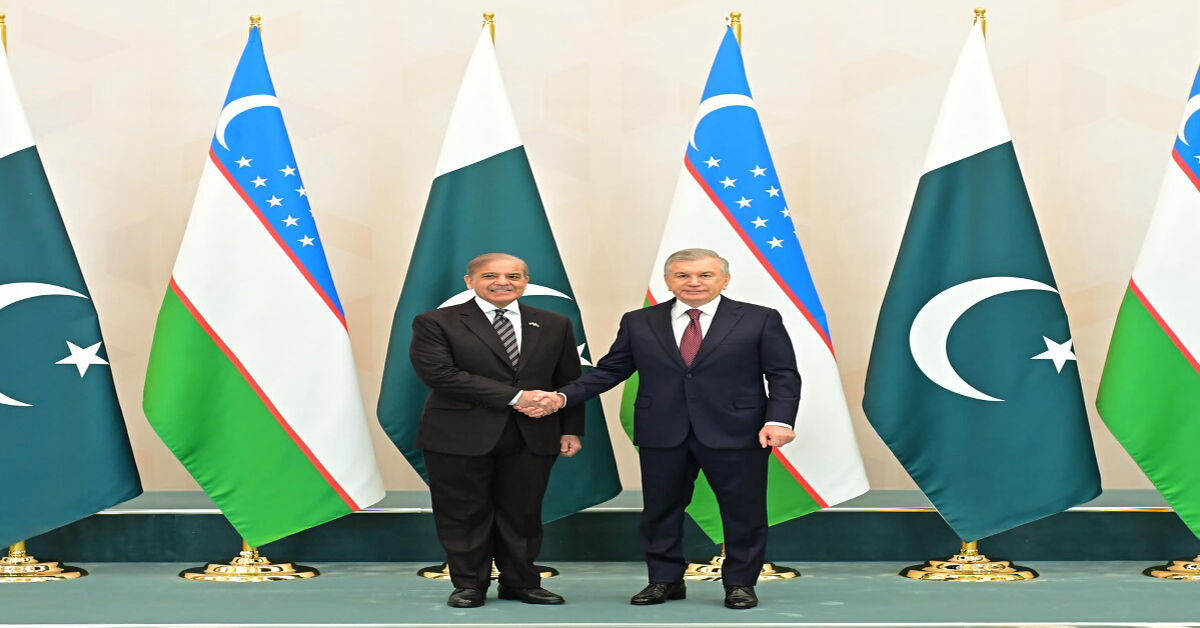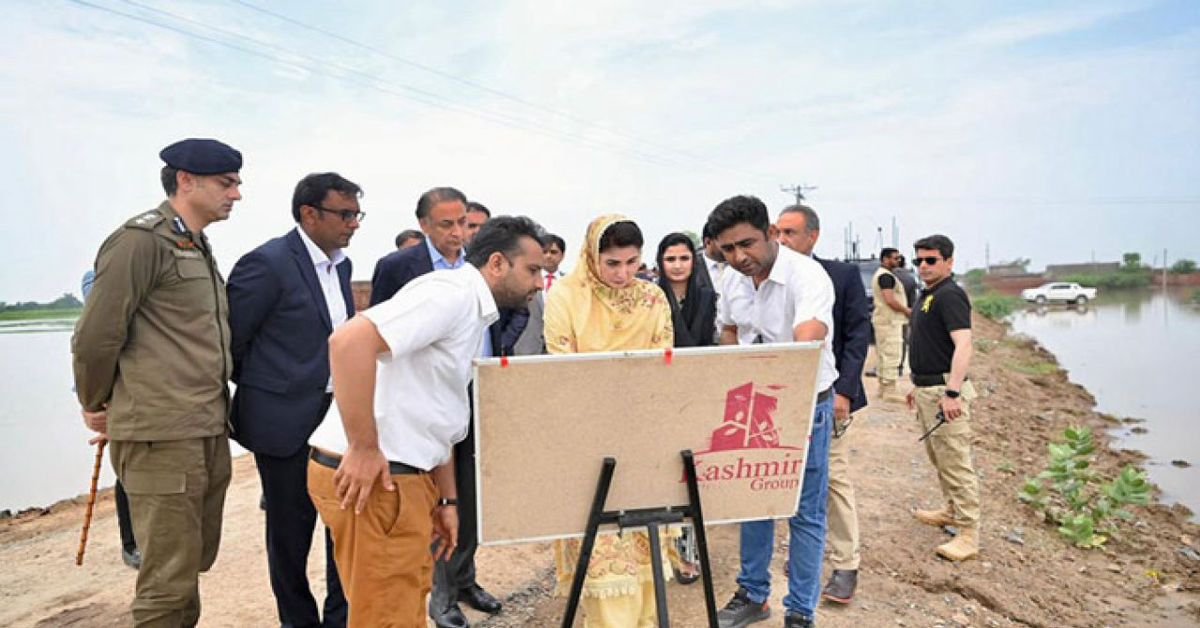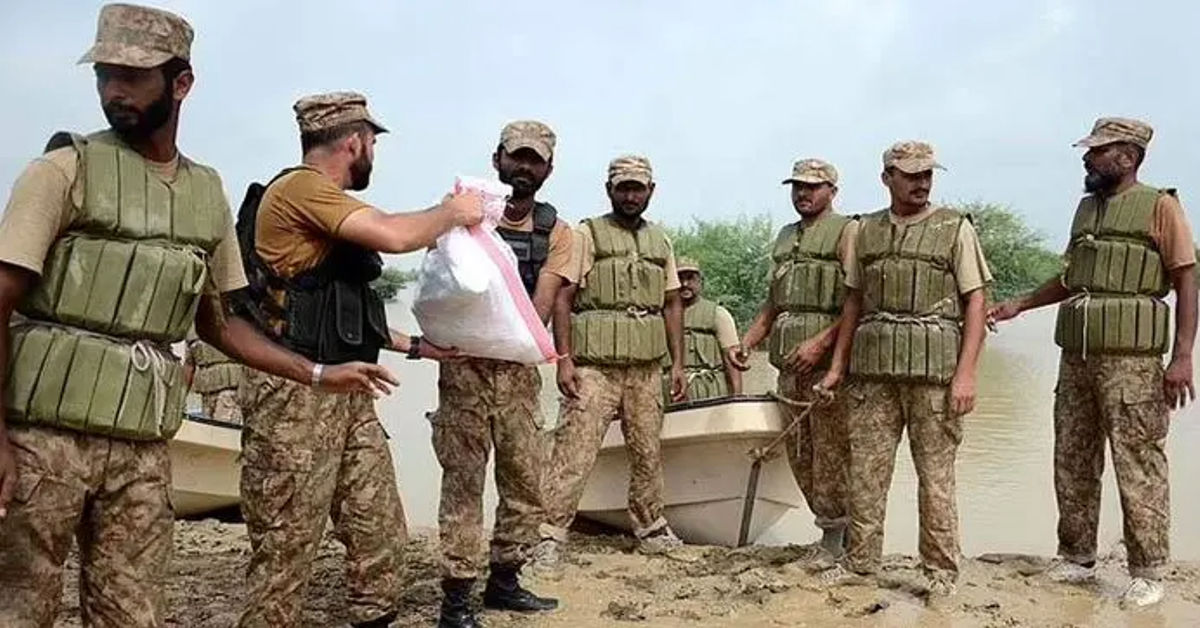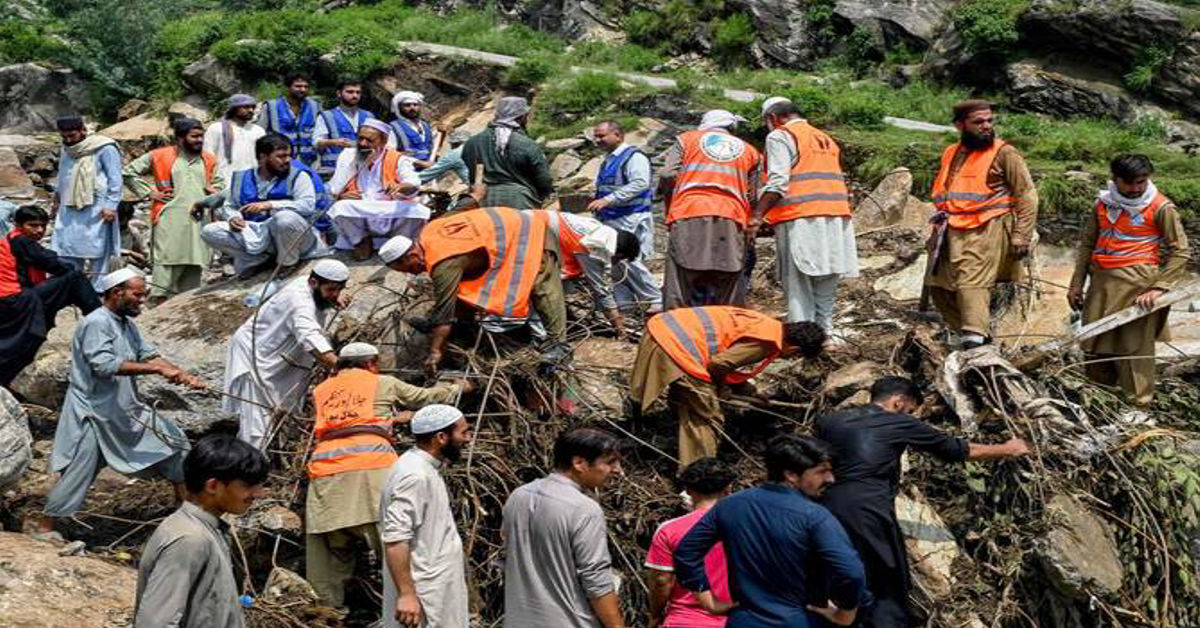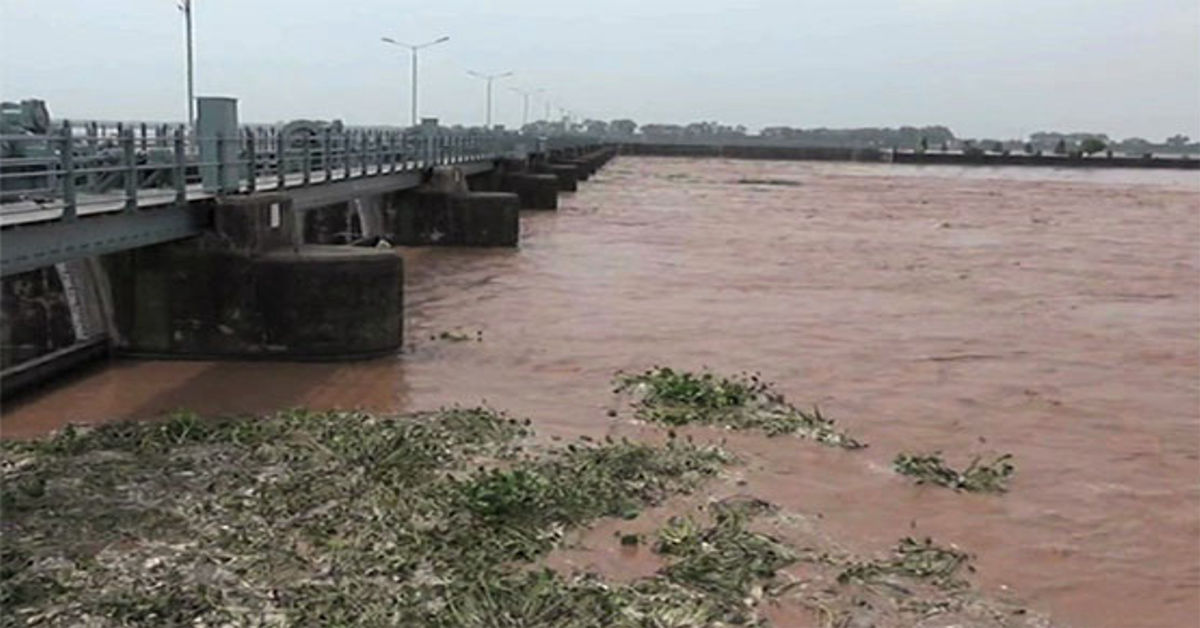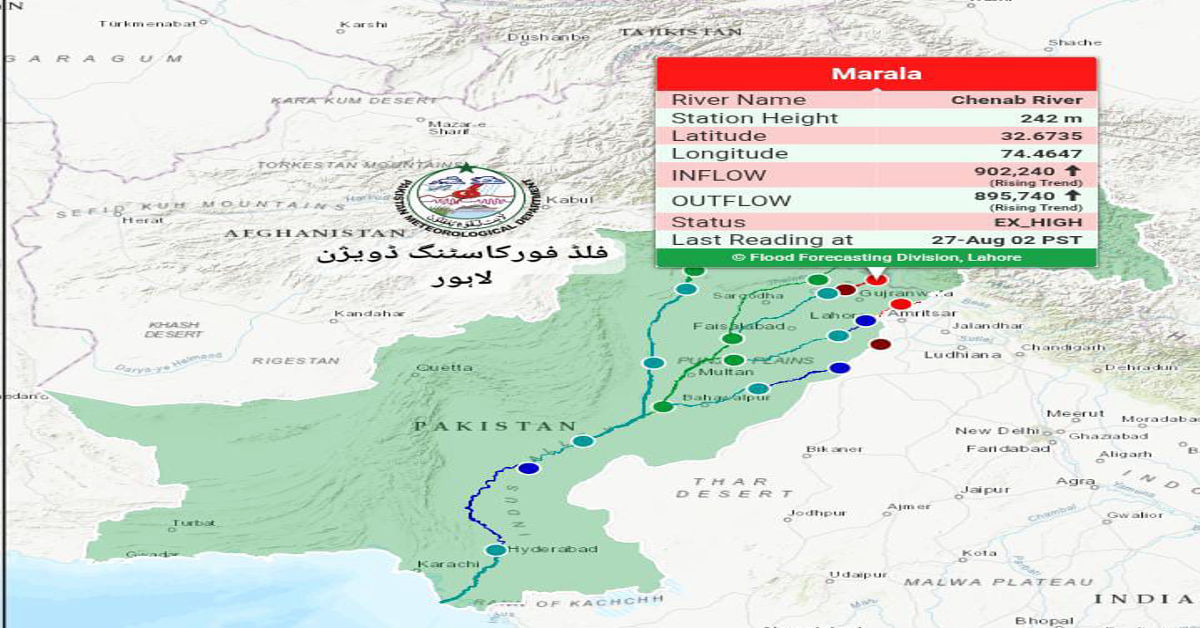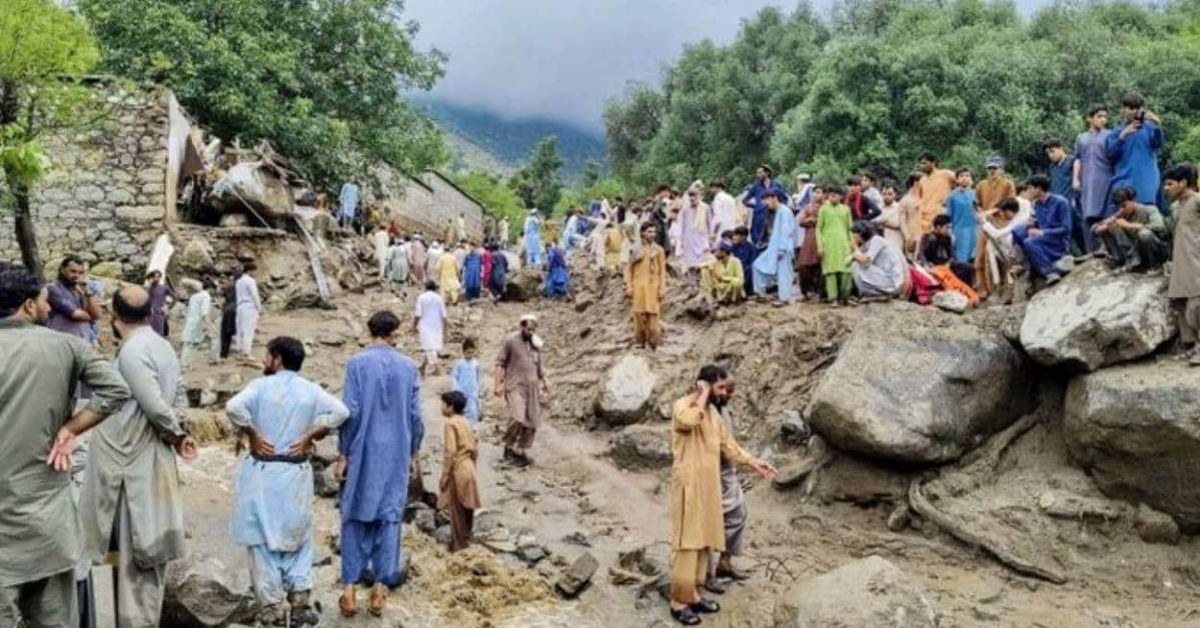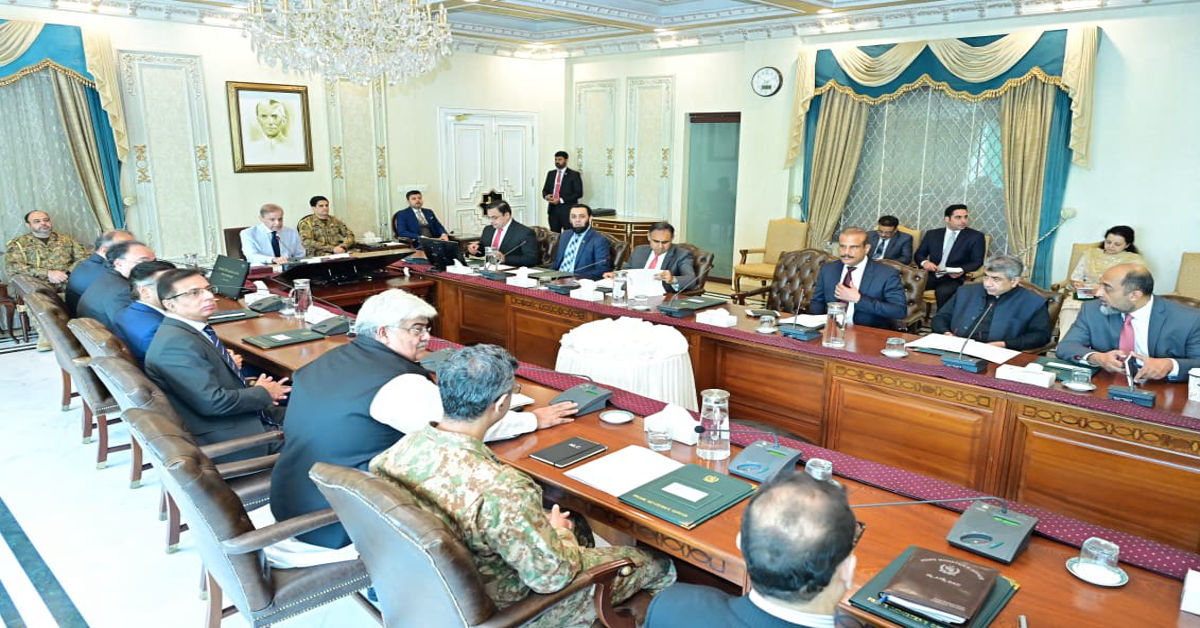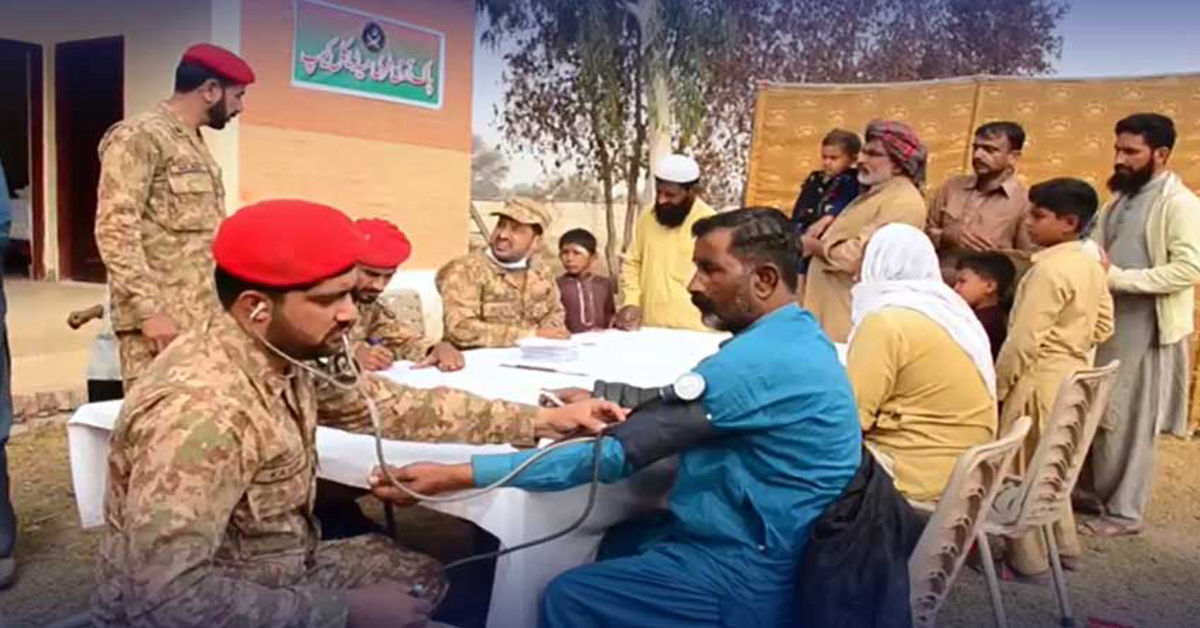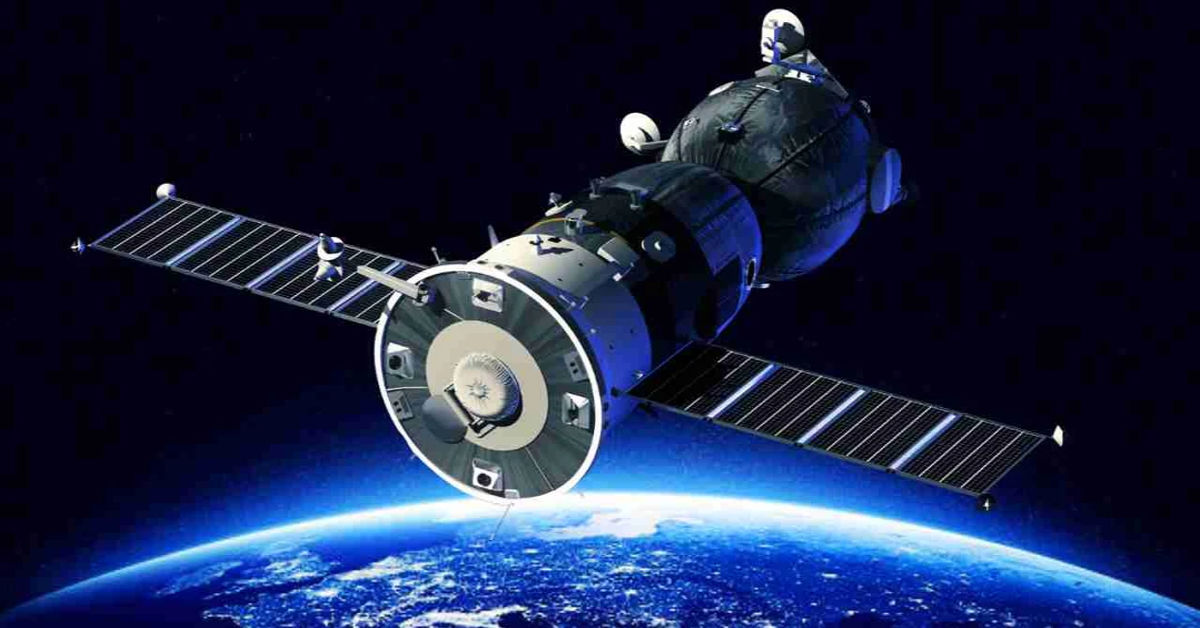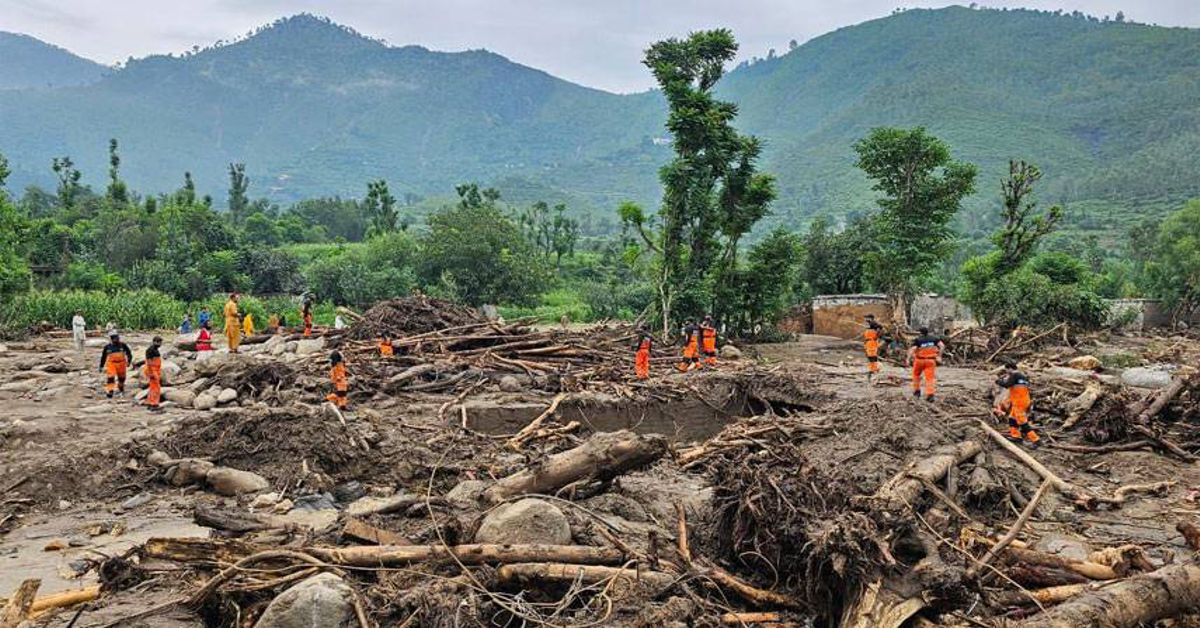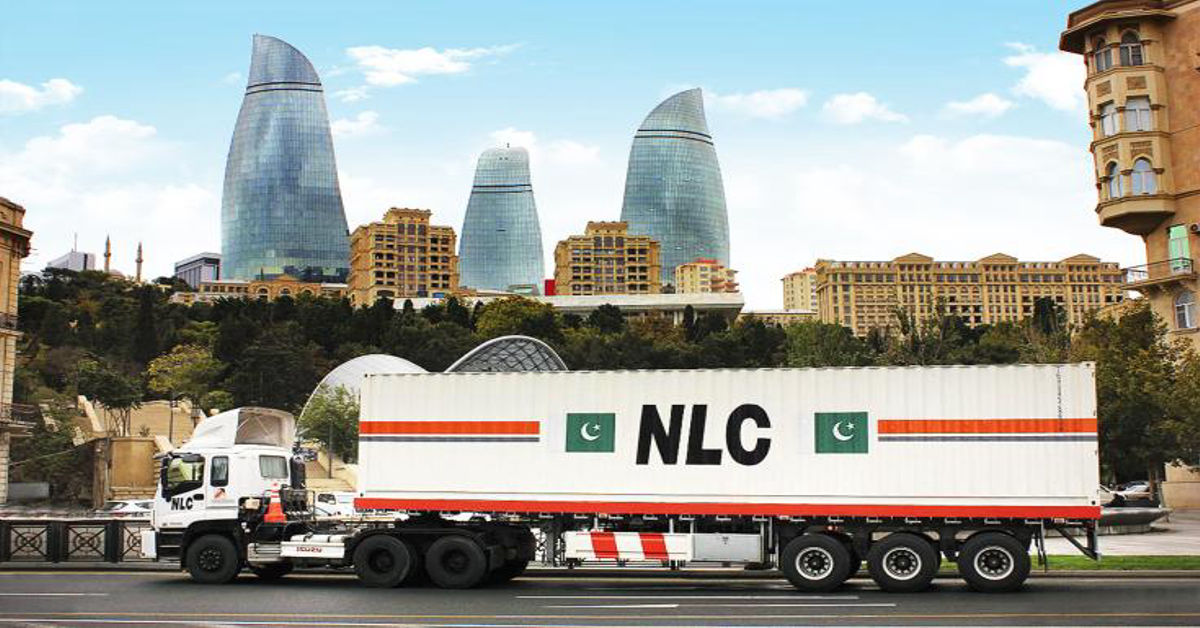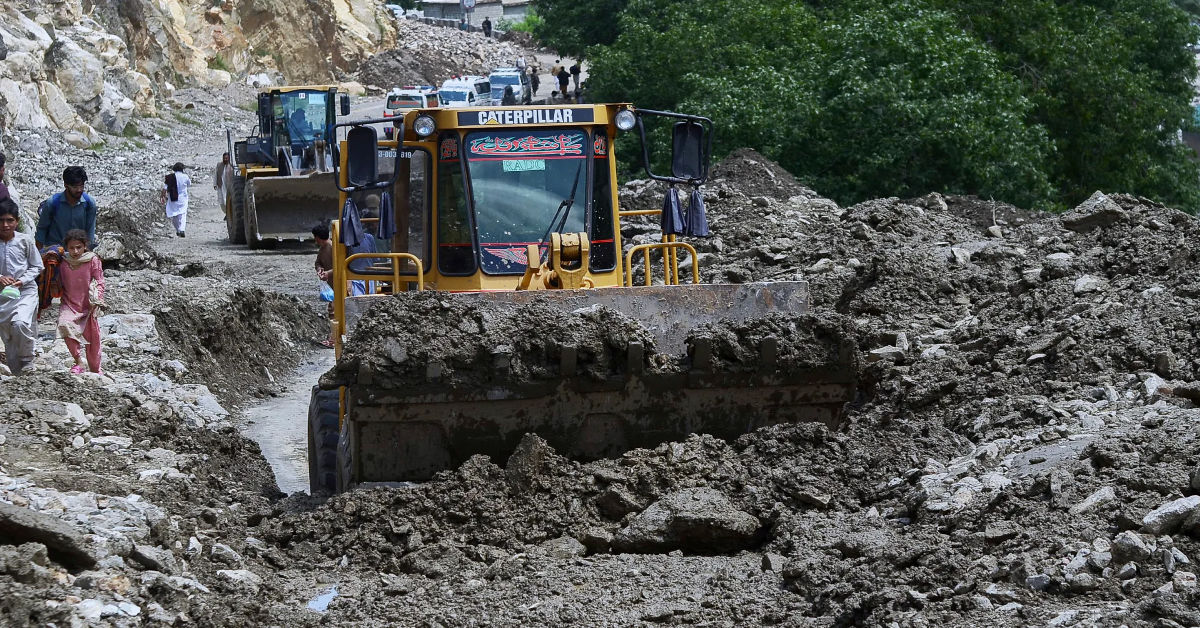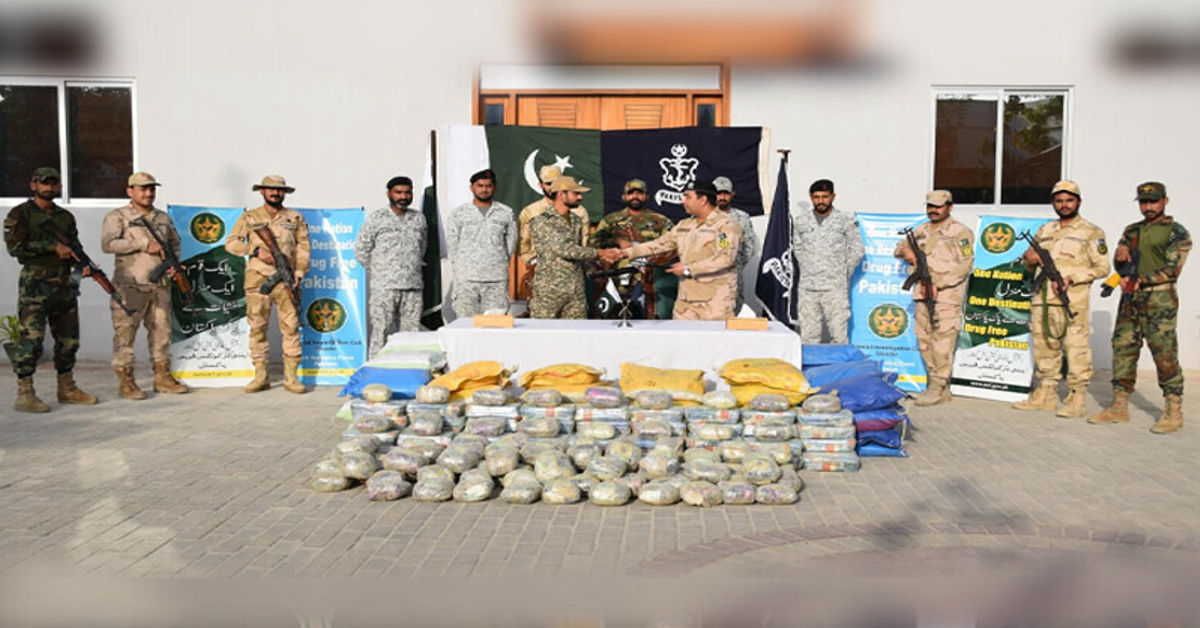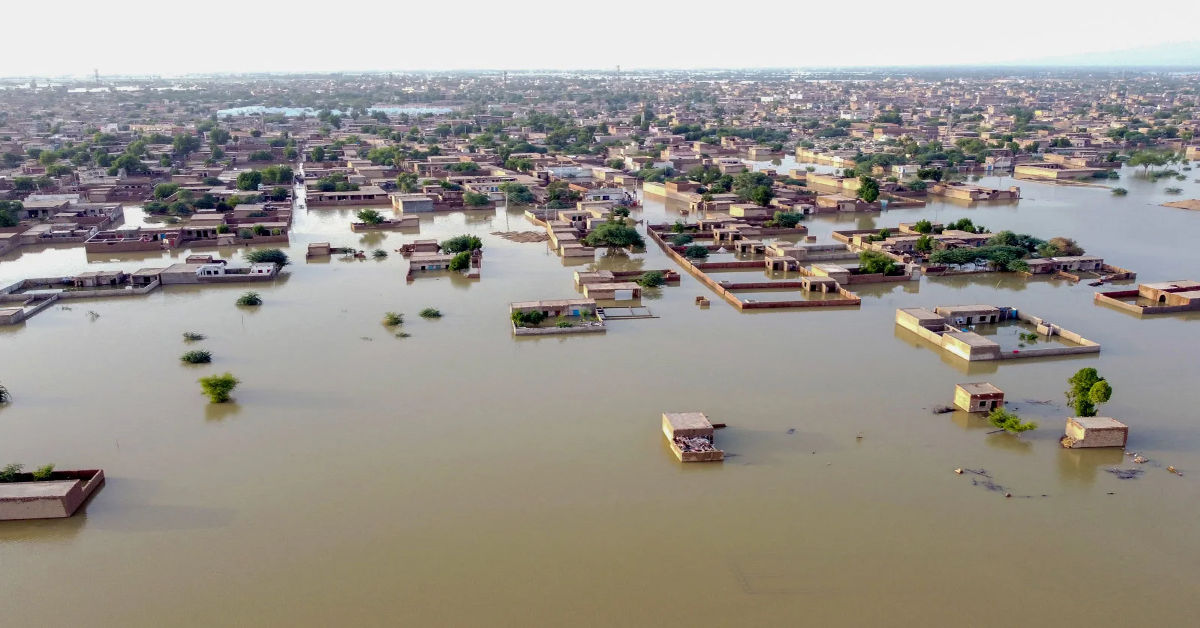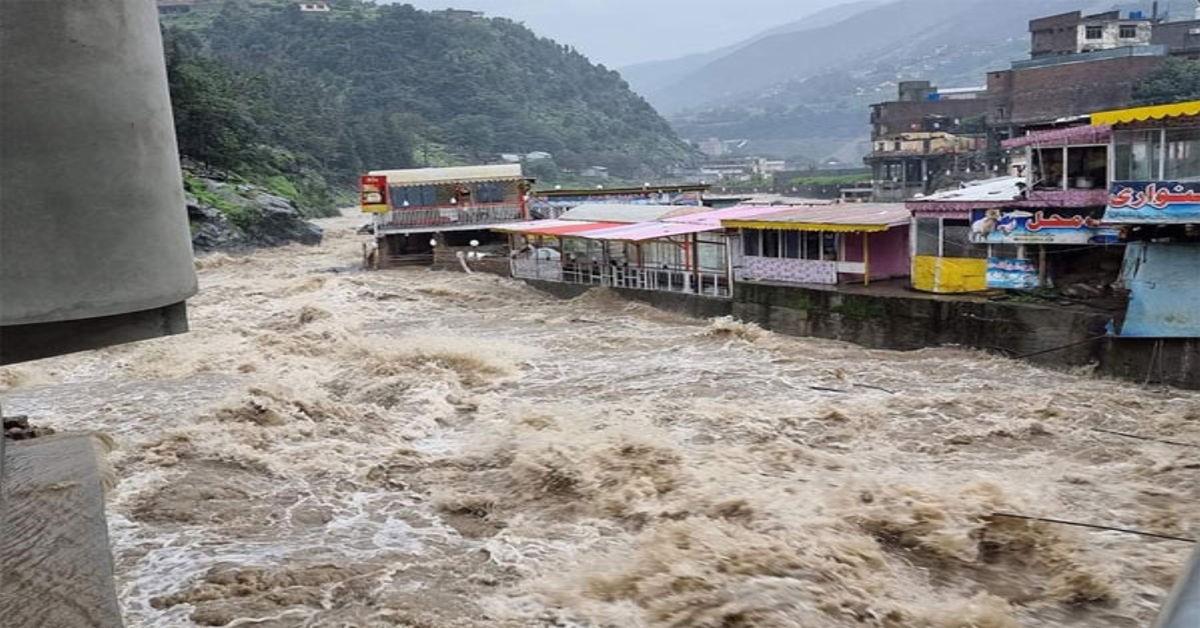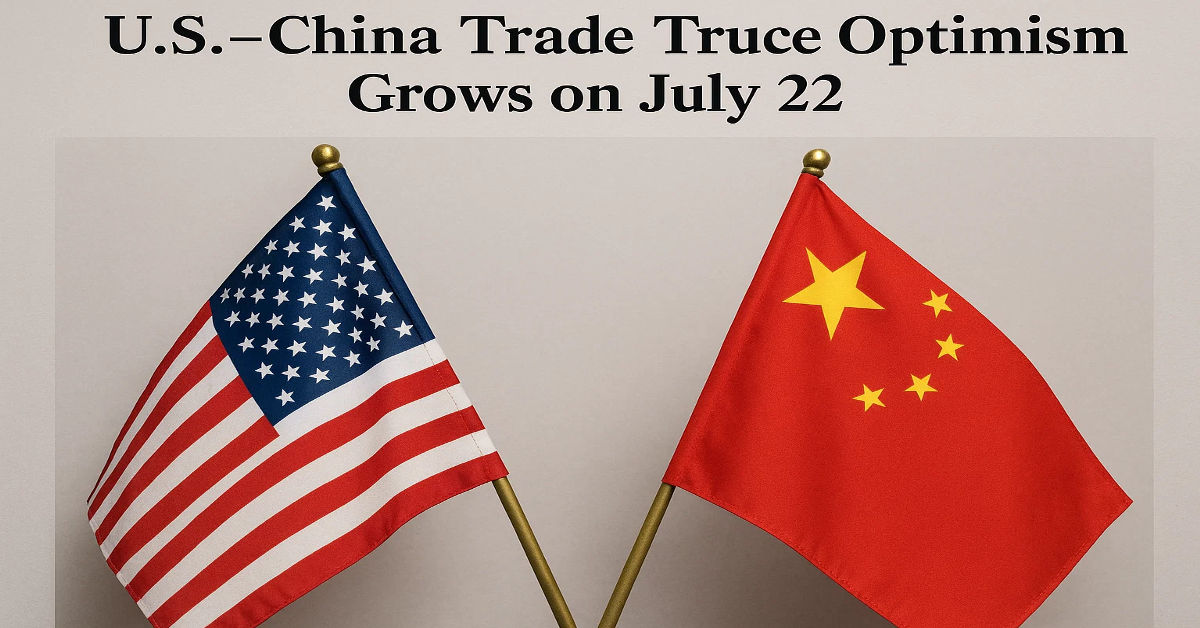
India has taken a big decision in the recent days by deciding to develop its own new stealth fighters. This step is a giant leap in India’s quest for self-reliance in defense technology. The announcement comes in the backdrop of high tension with neighboring Pakistan. Highlighting the need for modern and capable air-defense systems to ensure national security. This move is strategically significant not only in terms of military capabilities. The country aims to assert itself as a global aerospace power.
The Backdrop: Escalating Tensions With Pakistan
The move to go ahead with new stealth fighters programme seems to resonate well in the larger reality of geopolitics of region. India and Pakistan have had estranged ties for decades. Marked by territorial disputes, cross-border terrorism and wars and stand-off involving the militaries. With this new escalation in tensions and the threat of irregular war the argument for India to increase its defense capacity becomes even stronger. The stealth fighter project acts as a deterrence, makes it very clear to the adversary that India is prepared to maintain its sovereignty.
The AMCA Project: The Indian new stealth fighters Dream?
India’s AMCA (Advance Medium Combat Aircraft) programme lies at the heart of this development. The AMCA will transform aerial warfare with next generation stealth, super cruise, smart weapons, extended detection and tracking range. The aircraft is being developed to bridge the gap between India’s current fighter jet fleet and fifth-generation platforms that are in operation with global military powers. Indigenous design and manufacture of submarine is at the core of this project which goes along with “Make in India” initiative to reduce dependence upon foreign suppliers.
EDGE OF TECHNOLOGY: Why Stealth Still Matters
Stealth is a game-changing technology in aerial warfare. Enabling jets to be detected only at short ranges, or not all on enemy radar, and to enter enemy airspace without being targeted by air defenses. The AMCA is likely to be equipped with modern radar-absorbent materials, low-observable characteristics, and enhanced aerodynamics. These capabilities will give India an enormous advantage in theaters where air superiority is of utmost importance. India, however, can remain an active competitor in a technologically powered new age in the military, provided it is able to acquire the knowledge of stealth technology.
Indigenous Growth: Promoting Self-Help
Programme new stealth fighters project is a reflection of India’s intentions to become self-reliant in defense manufacturing. India has traditionally been one of the world’s biggest arms importers. But depending on suppliers from abroad has frequently brought about problems, such as expensive costs, delays and geopolitical risks. India wants to build a strong defense industry that meets it domestic requirements and also caters to export opportunities by investing in indigenous platforms such as the AMCA. This initiative can also drive innovation and generate high technology jobs in the country.”
Strategic Ramifications for South Asia
Acceptance of the stealth fighter program is likely to tilt the strategic balance in South Asia. A relatively sophisticated platform like the AMCA could be hard to tackle for Pakistan. That looks heavily dependent on defense imports. Although Pakistan has worked with China on the JF-17 fighter it developed. The launch of an indigenous stealth fighter from India could increase the technology gap between the two nations. It could also affect regional alliances, as other countries re-evaluate their defense ties in the wake of India’s increasing potential.
Economic Factors: Cost and Defense of new stealth fighters
Stealth fighter jets are expensive to develop, with undertakings involving substantial research and development, as well as production costs. India’s defense budget is already over stretched due to several modernization projects, they said. But the end use case for the AMCA program–in strategic autonomy and technology–far exceeds any initial outlays. Modernization of Defense equipment will give impetus to Make in India and by creating a synergy and scalability through Public Private Partnerships and global integration, India will be able to monetize resources and keep projects viable.
Geopolitical Consequences: A Note to the World
Steal thing the Indian way The lessons being furnished to the rest of the world by India via its adventure with stealth are loud and clear. It’s a statement that India is determined to be a big player in shaping defense dynamics, globally. The move is expected to boost India’s position among the United States, France, Russia and other crucial allies and partners. And it reflects India’s intention to balance China’s increasing power in the region, at a time when Beijing is adding to its military might.
The Way Forward: Hurdles to Be Cleared
Although new stealth fighters program has been approved, it’s not all smooth sailing from here. There are technical challenges to producing a fifth-generation fighter jet, along with quality control and an inflexible timetable to meet. India’s defense industry will have to overcome these challenges effectively to ensure that the amca achieves its potential. Partnerships with worldwide tech giants and continued government assistance will be imperative in overcoming these challenges effectively.
Conclusion
Indian clearance to the stealth fighter project is a brave and farsighted decision to protect its national interest. With escalating friction from Pakistan, and a changing global security equation, the AMCA project is, symbolically and in policy terms, the next logical strategic leap ahead. Viva indigenous development, advanced technology utilization, and joint international development for India can rise as an aerospace giant. The stealth fighter also serves to not just transform India’s defense, but what the Indian Air Force says is resurgence of the country’s ambition to be a prosperous, self-reliant, and globally-influential economy.











